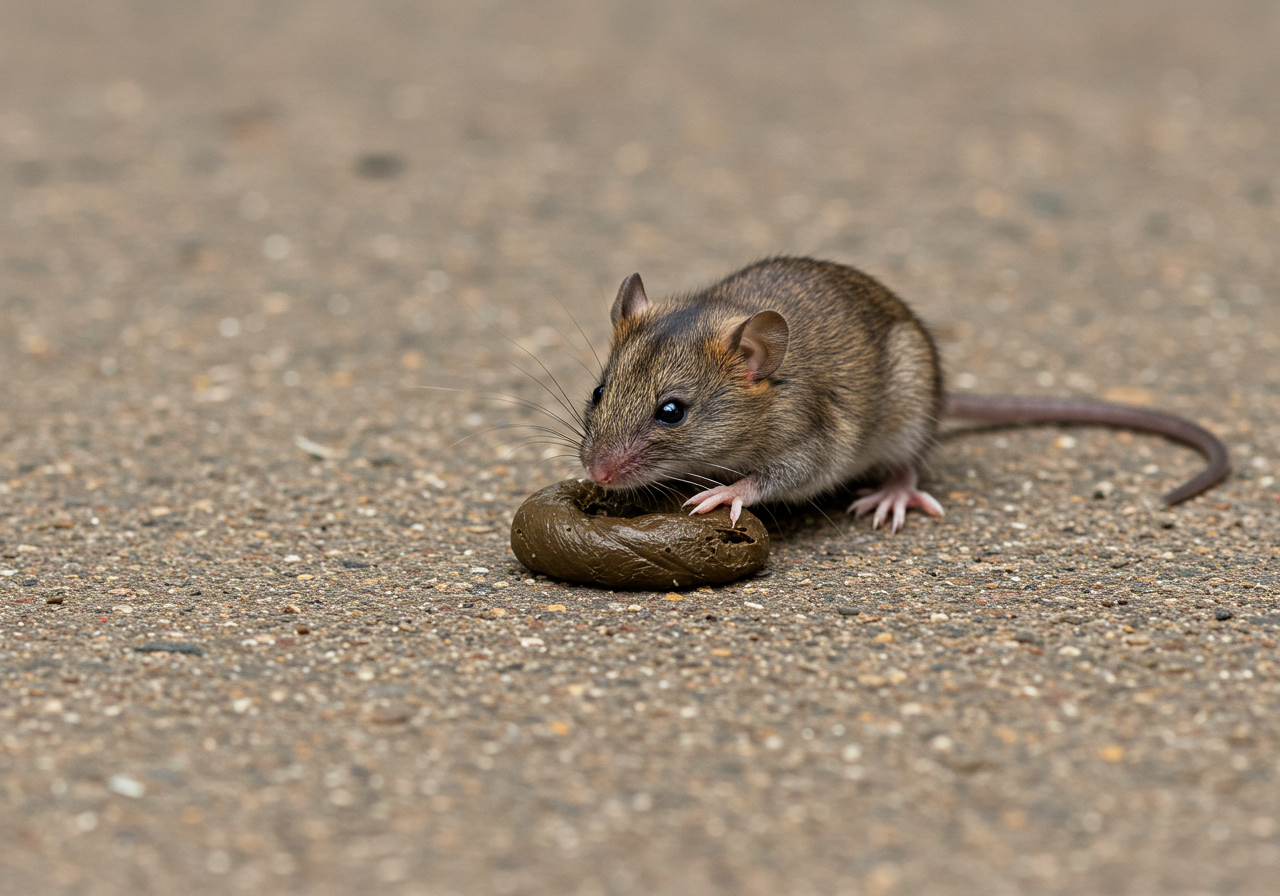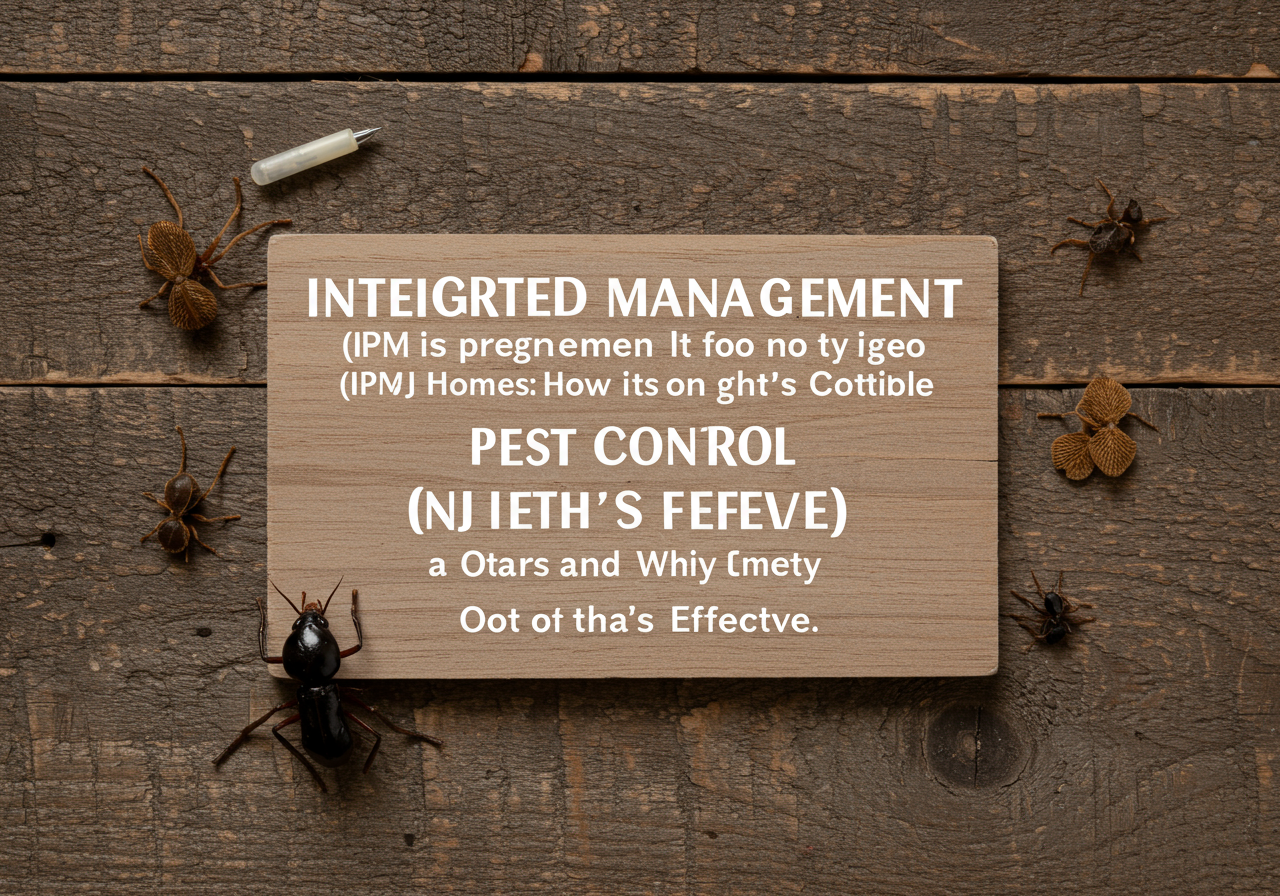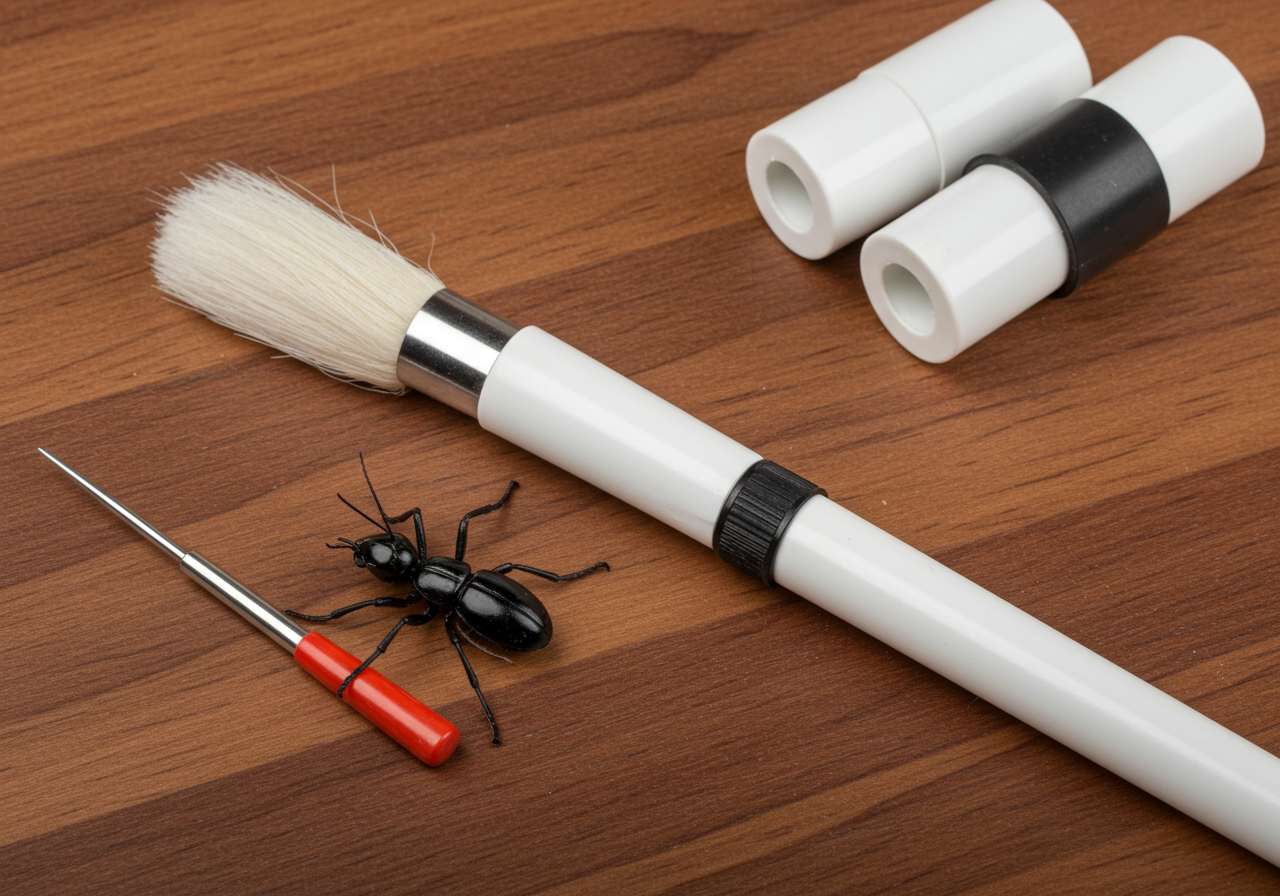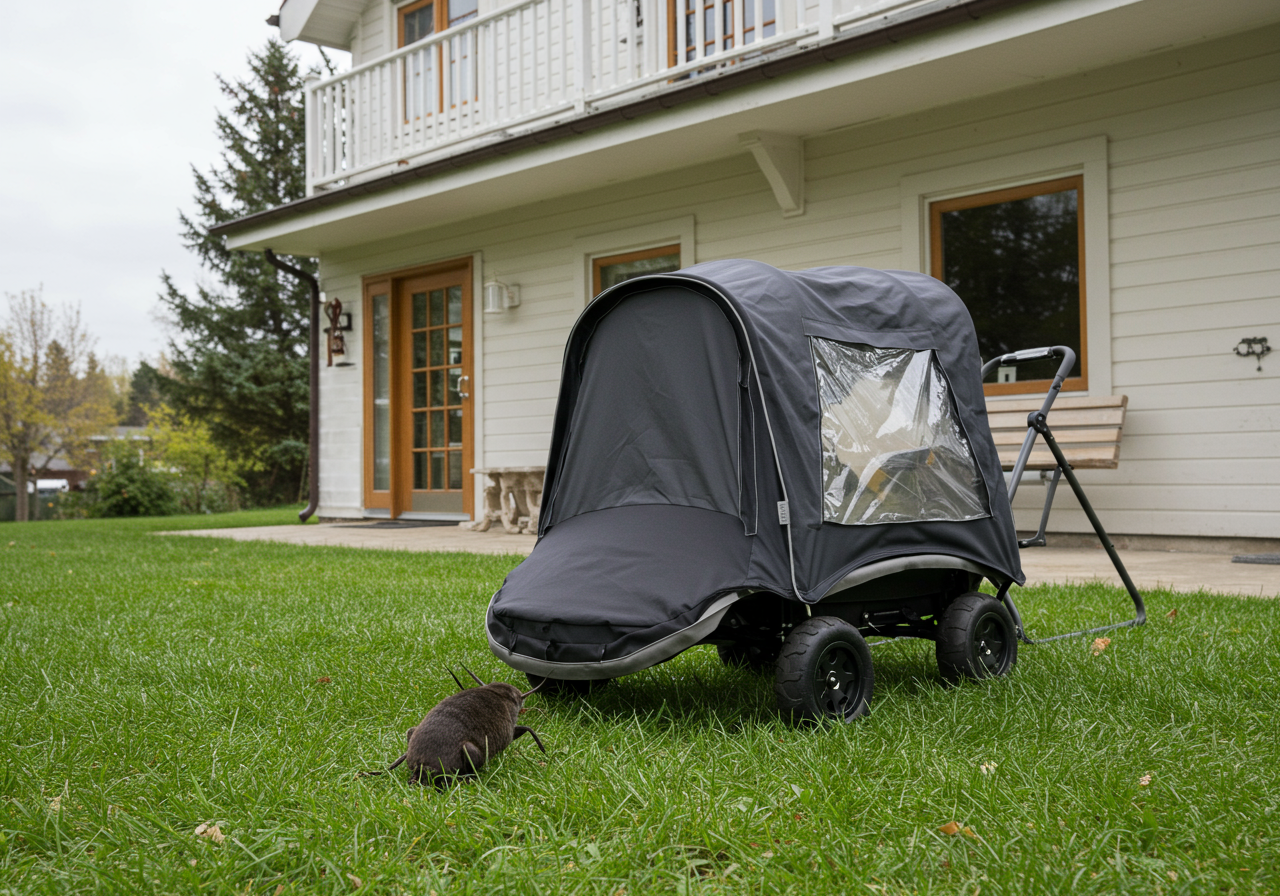
What Does Mouse Poop Look Like? Your Easy Identification Guide
Discover the crucial signs of mice in your home! Our simple guide shows you exactly what mouse droppings look like, helping you quickly identify these common pests. Learn to spot mouse poop early to protect your family's health and keep your property safe from infestations. Empower yourself with the knowledge to maintain a pest-free home with insights from Resolve Pest Management.
Spot the Signs: What Does Mouse Poop Look Like?
Finding mysterious tiny pellets in your pantry or along your baseboards can be unsettling. It’s often the first, and most obvious, sign that you might have uninvited guests: mice. Identifying mouse poop is crucial for early detection of an infestation, helping you protect your home and family from potential health risks and damage.
At Resolve Pest Management, we understand how alarming it can be to discover signs of rodents. That's why we're here to help you understand what to look for and what to do next.
The ABCs of Identifying Mouse Poop
Mouse droppings are a key indicator of their presence. Knowing what they look like can help you act quickly.
Size and Shape
Mouse droppings are quite small, typically about the size of a grain of rice – roughly 1/8 to 1/4 inch long. They are usually oblong or pellet-shaped, with pointed ends. Imagine tiny, dark sprinkles or seeds.
Color and Texture
When fresh, mouse droppings are dark brown to black and might appear soft and shiny. As they get older, they dry out, becoming harder, duller, and crumbling more easily. The color usually remains dark, but can sometimes lighten to a grayish hue.
Quantity and Location
Mice are prolific droppers, leaving behind 50 to 75 droppings a day! You'll rarely find just one. Instead, you'll likely discover them in clusters, especially in areas where mice are active. Look for them:
- In kitchen cabinets, pantries, and food storage areas.
- Under sinks and behind appliances like refrigerators or stoves.
- Along walls, in corners, and inside drawers.
- In secluded, undisturbed spots like attics, basements, crawl spaces, and storage boxes.
Quick Tip: The number of droppings can sometimes indicate the size or duration of an infestation. More droppings usually mean more mice or a longer-standing problem.
Why Early Detection Matters: More Than Just a Nuisance
Identifying mouse droppings quickly isn't just about getting rid of a minor annoyance; it’s about protecting your home and health.
- Health Risks: Mouse droppings can carry harmful bacteria and viruses, including Salmonella and Hantavirus. These can contaminate food preparation surfaces and even become airborne when droppings are disturbed, posing a serious health risk to you and your loved ones.
- Property Damage: Mice constantly chew to keep their teeth from growing too long. This means they can gnaw on electrical wires (a fire hazard!), plumbing, insulation, and even structural wood. In fact, rodents are responsible for an estimated 20% of unexplained house fires each year due to chewed wiring.
- Rapid Reproduction: A single pair of mice can produce 5-10 litters per year, with each litter having 5-6 pups. This means a small mouse problem can quickly turn into a full-blown infestation if not addressed promptly.
What to Do If You Find Mouse Droppings
If you discover what you suspect are mouse droppings, it's important to handle the situation carefully:
- Don't Touch Barehanded: Always wear gloves when cleaning up droppings.
- Ventilate the Area: Open windows for at least 30 minutes before cleaning.
- Spray, Don't Sweep: Lightly spray droppings and surrounding areas with a disinfectant solution (like a bleach and water mix) or a commercial disinfectant. This helps prevent airborne particles from spreading.
- Wipe and Dispose: Use paper towels to wipe up the droppings and place them in a sealed plastic bag. Dispose of the bag in a covered outdoor trash can.
- Disinfect Surfaces: After removing the droppings, thoroughly clean and disinfect all contaminated surfaces.
When to Call the Professionals at Resolve Pest Management
While cleaning up droppings is a good first step, it doesn't solve the underlying problem. If you've found mouse droppings, it's highly likely there are mice actively living and breeding in your home. This is where professional pest control comes in.
At Resolve Pest Management, we specialize in comprehensive Rodent Control services designed to safely and effectively eliminate mice from your home. Our expert technicians will:
- Inspect Your Home: We'll conduct a thorough inspection to identify entry points, nesting sites, and the extent of the infestation.
- Tailored Treatment Plans: We develop customized strategies, including trapping, baiting, and exclusion methods, focusing on solutions that are family- and pet-friendly.
- Prevention Advice: We'll provide recommendations to seal entry points and help you make your home less inviting to future rodent invaders.
- Follow-Up: We ensure the problem is resolved and provide ongoing protection if needed.
Don't let a mouse problem get out of hand. For reliable pest control in Ocean County and Monmouth County, NJ, Resolve Pest Management is your trusted partner. We proudly serve homeowners in communities like Toms River, Brick, Bayville, Lakewood, Jackson, Freehold, Manalapan, Middletown, and many more. Our S.T.I.N.G. promise – Service, Trust, Initiative, Nurture, and Grit – means you'll always receive top-notch care and effective solutions.
Concerned About Mice in Your Home?
If you've spotted mouse droppings or any other signs of rodent activity, don't wait. Contact Resolve Pest Management today at (732) 527-5770 or visit our website to schedule an inspection. We're available 24/7 for emergency pest control needs because your peace of mind is our priority.
More Blogs
Some other blogs you might be interested in



